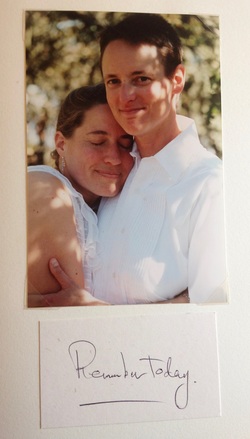 September 22, 2001
September 22, 2001 That's not to say we take it for granted - we speak of our gratitude for each other, to each other, every day. But when it came to commemorating the day, in this year of big upheavals, we didn't feel the need to make a big splash.
Instead we spent the evening of our actual anniversary at a bird watching class at the Audubon Society. We played hooky for a day earlier this week to visit friends from our MichFest family as they passed through Astoria on the cruise ship they were working. And then we gathered members of our many communities for a low-key happy hour at a local restaurant.
How blessed are we? My godchildren and niece and nephew who set out our photo albums and greeted our guests. College friends who knew me as a 17 year-old. Amber's "tennis wives". Her father's best friend of more than 50 years. My cousin and brother. Former coworkers. Clients. Good people I've met through my Death Café work. Members of our Thanksgiving and 4th of July family. Social justice colleagues. A MichFest sister. Fellow Orphan Wisdom School scholars. The partner of my roommate from 20 years ago who witnessed the very first steps of this new relationship. Such a treat to see those many strands of our lives woven together for a few hours of celebration.
It brought us back to that very first time we asked for our relationship to be witnessed and blessed by our community, when we were five years in - on a day that ended up eleven days after 9/11 and eleven days before my father's death. We needed to be together as a community then, more than ever. Our low-key coming together last night was a reminder of how much we need each other, still.
For every person able to come by to wish us well there were so many more at too great a distance or otherwise occupied with families or their own good works. To know so many good people, to be connected even if only occasionally, is evidence enough of the benevolence in the universe that we feel well buoyed to sail another day.
More on how we got here:
I Now Pronounce You: Our third and final wedding.
My Big (Null & Void) Gay Wedding: Our White Salmon and Lucky Lab ceremonies.
Yes, I'll Marry You: A whirlwind tour through my 26 years of activism for LGBT equality.


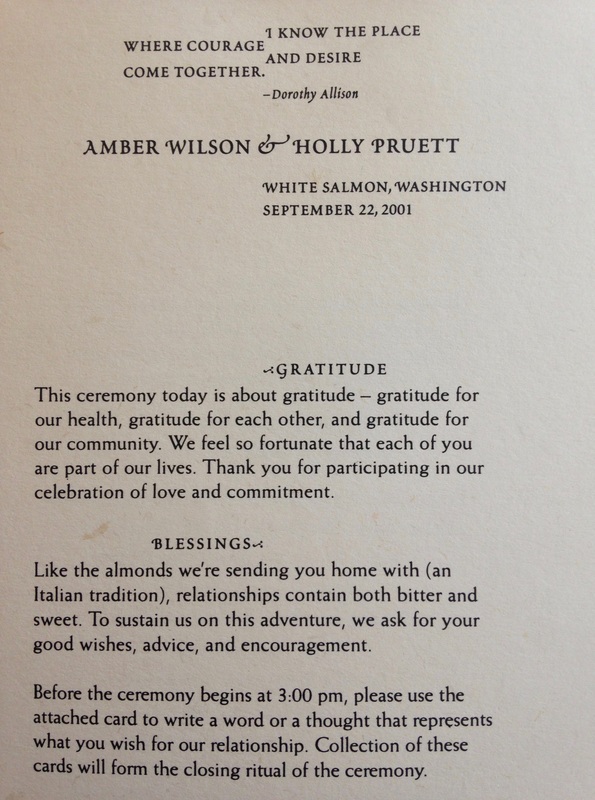
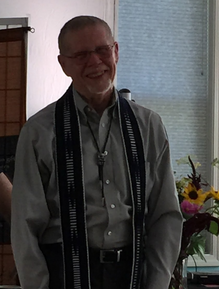
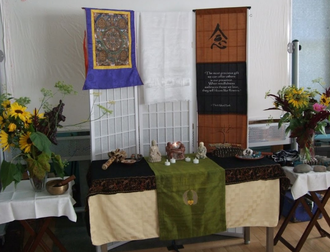
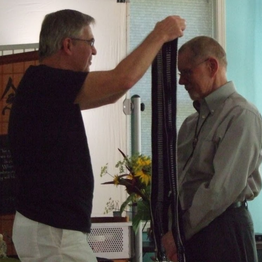
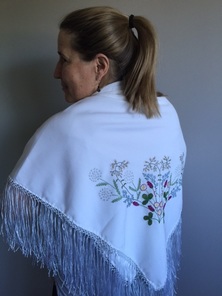
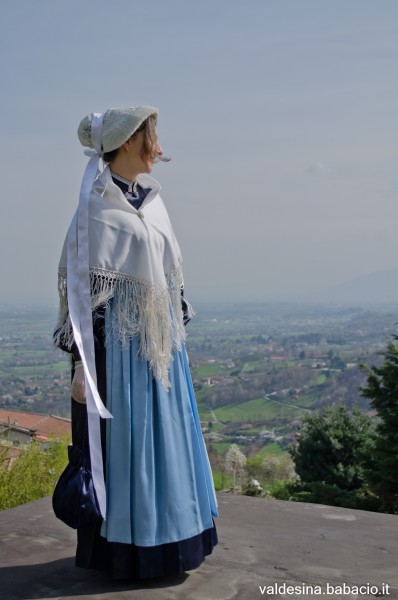
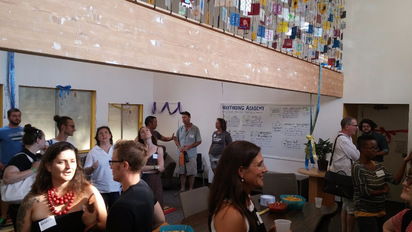
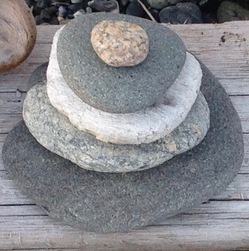
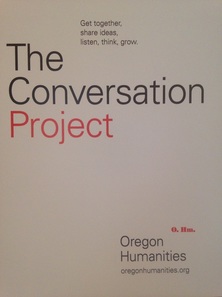
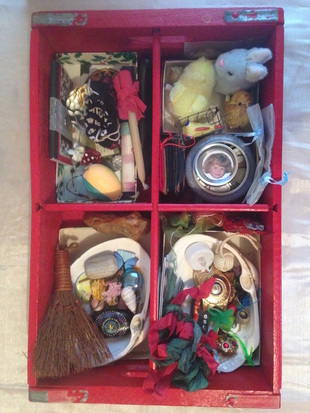
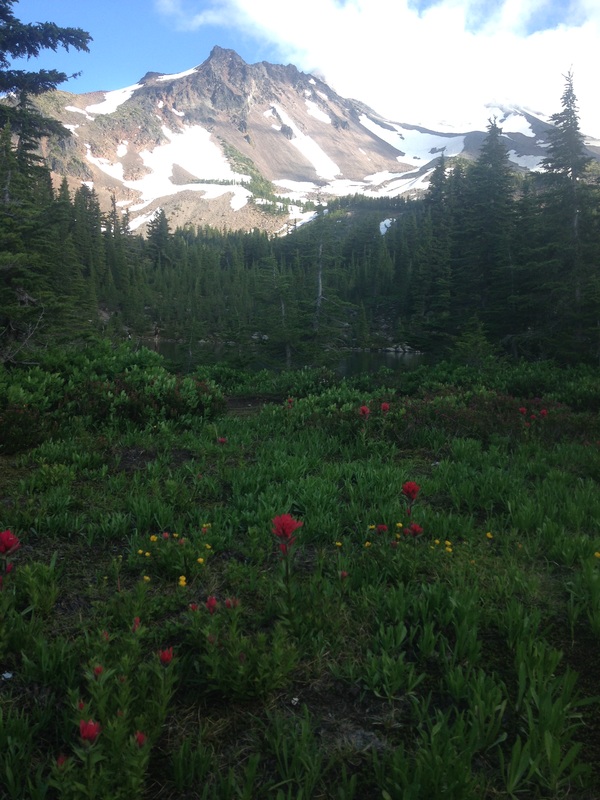

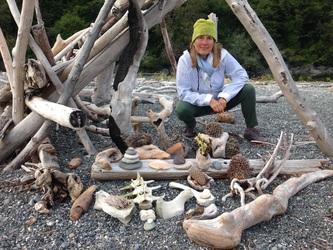
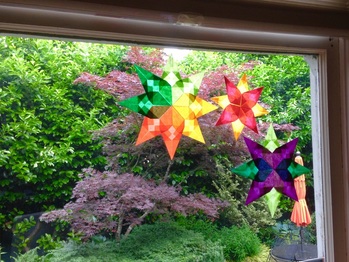
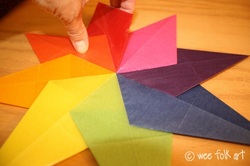
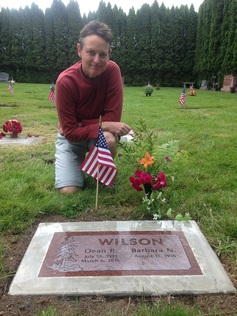

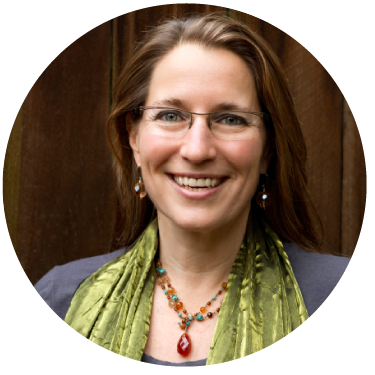
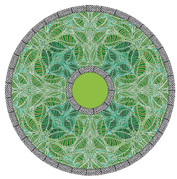
 RSS Feed
RSS Feed